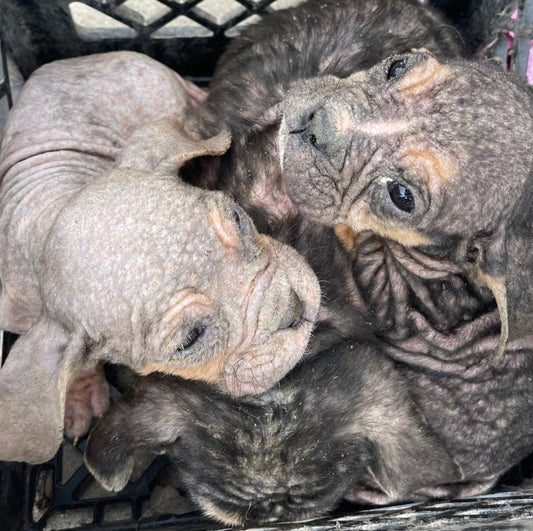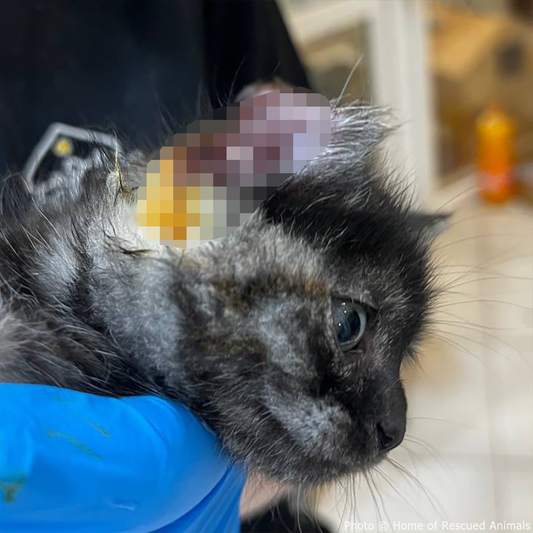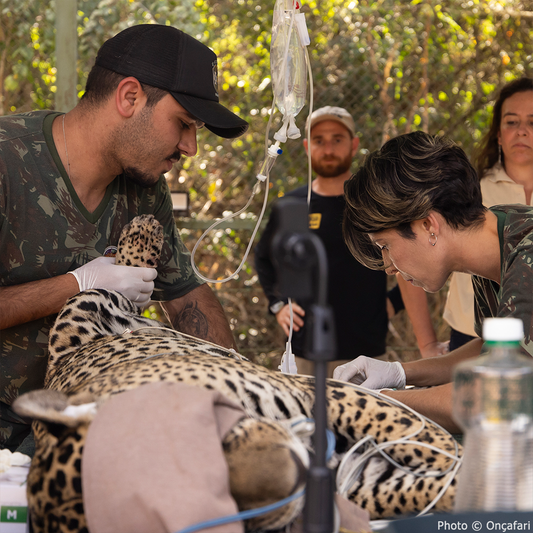Conservation Victory: Siamese Crocodile Hatchlings Spark Species Revival
Matthew Russell
Photo: Pexels
In a hopeful twist for a species once teetering on the edge of extinction, 60 Siamese crocodile hatchlings have emerged in Cambodia's Cardamom Mountains.
This event marks the largest wild breeding of the critically endangered species in this century.
Conservationists and local communities are celebrating this remarkable milestone, a testament to over two decades of dedicated conservation efforts.

From the Brink of Extinction
The Siamese crocodile (Crocodylus siamensis) was once widespread across Southeast Asia but faced near extinction due to habitat loss, poaching, and illegal hunting for the fashion industry. By 1992, they were declared virtually extinct in the wild. However, a small population was rediscovered in 2000 in Cambodia’s remote Cardamom Mountains.
Local indigenous Chorng people had protected these crocodiles for generations, viewing them as sacred. This cultural reverence helped the species survive when their numbers dwindled elsewhere.

A Collaborative Conservation Effort
Since the rediscovery, Fauna and Flora International (FFI) has worked tirelessly with Cambodian government agencies and local communities to save the Siamese crocodile. FFI's country director, Pablo Sinovas, told the New York Times about the importance of local involvement.
"The community members already protecting the sites is key to why this program works. Instead of a group coming from the outside, we’re supporting what’s already there," he said.
This grassroots approach includes employing local wardens who patrol critical habitats, using GPS devices, kayaks, and motorcycles provided by FFI. Their efforts have been crucial in monitoring and protecting the remaining crocodile populations from poachers and habitat destruction.

Signs of Hope and Resilience
The recent discovery of five nests in areas where captive-bred crocodiles had not been released indicates a positive trend: the population is expanding naturally. In May 2024, local people found three nests, followed by two more discoveries shortly after.
By the end of June, IFLScience reports, 60 healthy hatchlings had emerged, a significant boost for the species' recovery efforts.
Sinovas expressed cautious optimism, noting that while many hatchlings may not survive their first year due to natural causes, such as predation, the survival of even a few can lead to future breeding and further population growth.
"This is the beginning of the road for this population’s journey to recovery, after two decades of very limited breeding in the wild," he told CNN.

Conservation Through Captive Breeding
Captive breeding has played a pivotal role in the conservation strategy. Since 2012, nearly 200 Siamese crocodiles have been bred in captivity and released into the wild. This spring, FFI celebrated another milestone with the release of 50 juvenile crocodiles into the Cardamom Mountains.
These efforts aim to bolster the wild population and create a sustainable environment for the crocodiles to thrive. Sinovas told the BBC that suitable habitats for these releases are important, noting that strengthening protection of key sites within the Cardamom National Park is crucial. This involves shielding habitats from deforestation and poaching, ensuring the crocodiles have a safe environment to grow and reproduce.
The Role of Indigenous Knowledge
The involvement of the Chorng Indigenous people has been instrumental. Their long-standing spiritual connection to the Siamese crocodiles has provided an additional layer of protection.
"This discovery indicates that our conservation efforts have paid off, and I believe that with our ongoing conservation efforts, the population of Siamese crocodiles will continue to increase in the future," Toy Chorn, a community warden, told IFLScience.

A Blueprint for Future Conservation
The success in Cambodia offers a hopeful blueprint for similar efforts in other regions where Siamese crocodiles are found, such as Laos and Borneo. Conservationists hope to replicate this model, combining captive breeding with local community engagement and habitat protection.
As these hatchlings grow and mature over the next decade, the true impact of these efforts will become clearer. In an era where biodiversity loss is accelerating, the story of the Siamese crocodile's rebound in Cambodia serves as a powerful reminder of what can be achieved through sustained, collaborative conservation efforts.
The sight of 60 tiny hatchlings making their way into the world is not just a triumph for this ancient species but a beacon of hope for conservationists worldwide.
Matthew Russell is a West Michigan native and with a background in journalism, data analysis, cartography and design thinking. He likes to learn new things and solve old problems whenever possible, and enjoys bicycling, spending time with his daughters, and coffee.




















